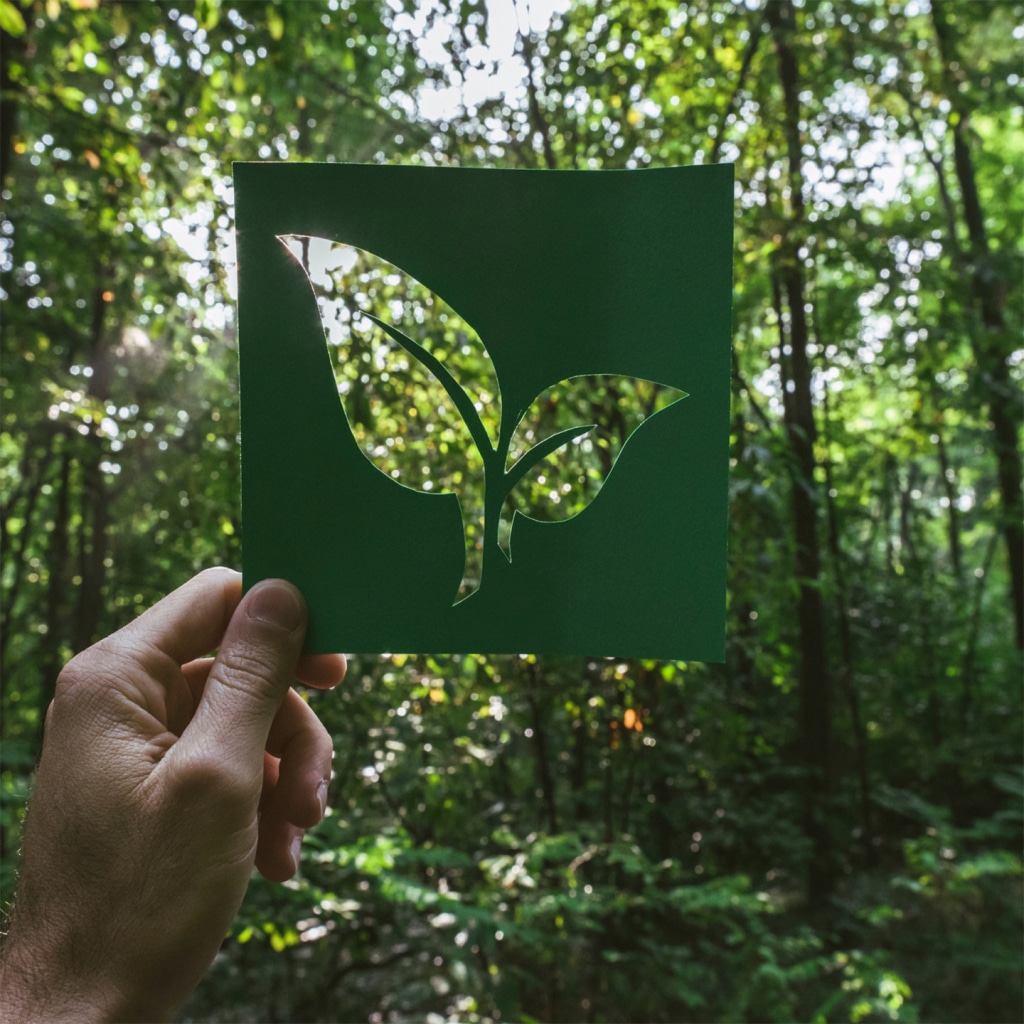Sustainability has become a buzzword in the real estate industry in recent years, and for good reason. As concerns about climate change and environmental degradation continue to mount, more and more people are looking for ways to reduce their carbon footprint and live in a more eco-friendly manner. This trend has been particularly evident in the luxury real estate market, where developers and buyers are increasingly prioritizing sustainability and environmental responsibility. In this blog, we will explore some of the ways in which sustainability is being integrated into luxury real estate.
Green Building Standards
One of the most important ways in which sustainability is being incorporated into luxury real estate is through the use of green building standards. These standards are designed to promote the use of environmentally friendly materials and construction techniques, as well as to reduce the energy and water consumption of buildings. Some of the most popular green building certifications include LEED (Leadership in Energy and Environmental Design) and BREEAM (Building Research Establishment Environmental Assessment Method), which evaluate buildings based on factors such as energy efficiency, water conservation, and indoor air quality.
Renewable Energy Sources
Another key component of sustainable luxury real estate is the use of renewable energy sources such as solar, wind, and geothermal power. By generating their own energy on-site, these properties are able to reduce their reliance on traditional energy sources and minimize their carbon footprint. In addition to being environmentally responsible, the use of renewable energy sources can also save homeowners money on energy bills in the long run.
Energy-Efficient Appliances and Systems
Another way in which luxury real estate is becoming more sustainable is through the use of energy-efficient appliances and systems. From high-efficiency HVAC systems to smart home technology that allows for automated energy management, these features are designed to minimize energy waste and reduce the environmental impact of luxury homes. Additionally, many luxury real estate developers are incorporating water-saving features such as low-flow toilets and showerheads, as well as rainwater harvesting systems that allow for the collection and reuse of rainwater.
Sustainable Landscaping
Finally, sustainability is being integrated into luxury real estate through the use of sustainable landscaping practices. Rather than relying on water-intensive and chemically-treated lawns and gardens, many luxury properties are opting for drought-tolerant landscaping and native plant species that require less water and maintenance. Additionally, some properties are incorporating green roofs and walls, which can help to reduce energy usage and improve air quality.
In conclusion, sustainable luxury real estate is a growing trend that reflects the increasing importance of environmental responsibility in the real estate industry. By incorporating green building standards, renewable energy sources, energy-efficient appliances and systems, and sustainable landscaping practices, luxury homes can reduce their environmental impact and provide a more sustainable and eco-friendly living experience. As the global focus on sustainability continues to grow, we can expect to see even more innovation and creativity in this area in the coming years.






